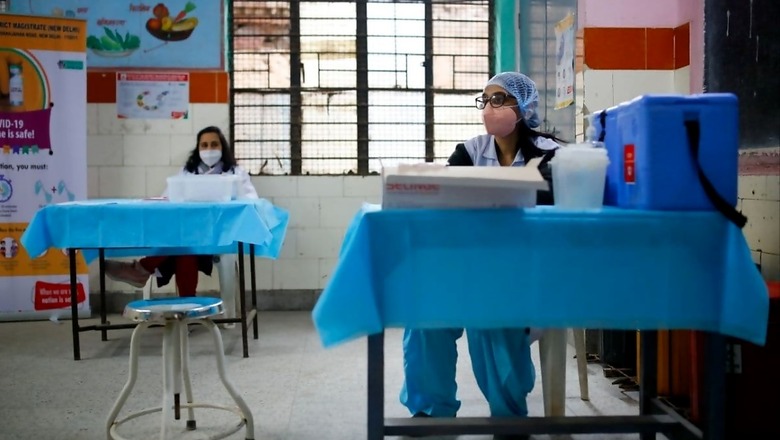
views
March 21, 2020, marked a watershed day for our country. Prime Minister Narendra Modi asked for a voluntary lockdown to test the waters of how people would react to his appeal. It was a resounding success. Thus began India’s fight against the coronavirus, a battle that is continuing today.
We can all visualise painful scenes over the past few months. Migrant workers running to catch trains or walking hundreds of miles to reach home. Political opponents attempting to criticise the leader and the government at every step. Factories and other establishments shutting down. The virus spreading aggressively, irrespective of caste, creed, age or economic status, leading to many people losing their lives. Economic activity coming to a complete halt.
Yet, the leader stayed the course.
Not getting affected by the criticism and shepherding the people to relative safety. What was incredible was the way food grains were delivered to people in their villages. Money was delivered to their bank accounts via Direct Benefit Transfer. Attempts were made by several opposition politicians and some television channels to get migrant workers to somehow criticise old challenges they had faced due to poor arrangements. Unfortunately for them, almost everyone was supportive of the arrangements that had been made for their return home.
Advisories from world leaders ranged from taking care to a careless attitude of “nothing can happen to us”. The advisory from Modi was “jaan hai to jahan hai” – an Urdu phrase by poet Meer Taqi from the 18th century meaning “only if you live will you have the world ahead of you”.
From a situation where India did not have sufficient ventilators and masks to one where we are now exporting this equipment says a lot about how well the manufacturers took up the challenge.
The leader led by example. He and his ministers were always well masked (barring a few exceptions) and maintained social distancing. The message was repeated consistently so much that even the Wall Street Journal, generally a critic of India, was forced to credit India and said it had managed to control the spread because everyone wore masks.
From a situation in September where India was expected to cross 100,000 cases and overtake USA, we are now in a relatively better situation with about 20,000 cases a day.
As the World clamoured to get a vaccine, India, the eorld’s largest producer of vaccines, quietly developed and approved two of them. As the news of vaccines started to come out, understandably political parties in opposition started to criticise the government and one even went to the extent of calling the vaccine a BJP vaccine which could not be trusted. Suddenly political commentators on television channels started pontificating on how they needed to see the third test results of a vaccine before they could agree to taking it.
Not only are Indian companies supplying vaccines to citizens, they are also supplying them to other countries.
The vaccination process started on January 16 and while it will take time, we can see the light at the end of the tunnel. It is important for every one of us to recognise that even though we have two vaccines, we must continue to take the same set of precautions as we have done for the last 10 months. Masks, social distancing and cleaning our hands now needs to become a part of our life for a long period of time.
As we look back, I believe we need to applaud leadership provided by Modi.
(The writer is the founder-chairman of Guardian Pharmacies. He is also the author of six best-selling books and writes for several newspapers online. Views are personal.)
Read all the Latest News, Breaking News and Coronavirus News here












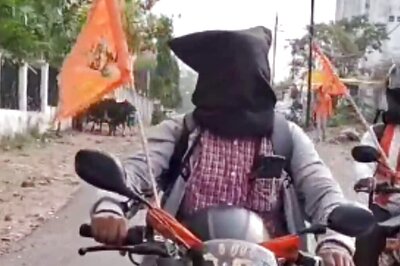
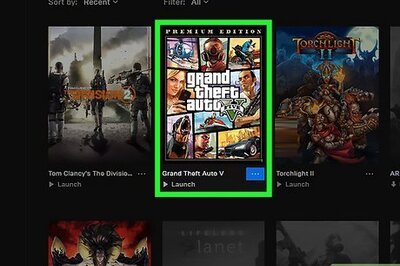




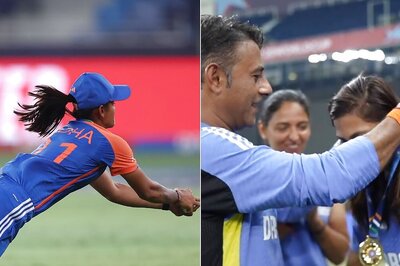
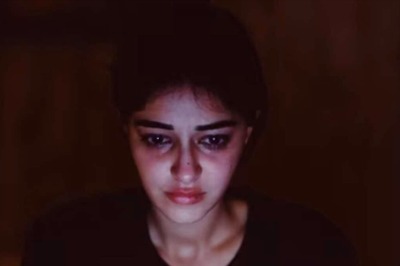
Comments
0 comment